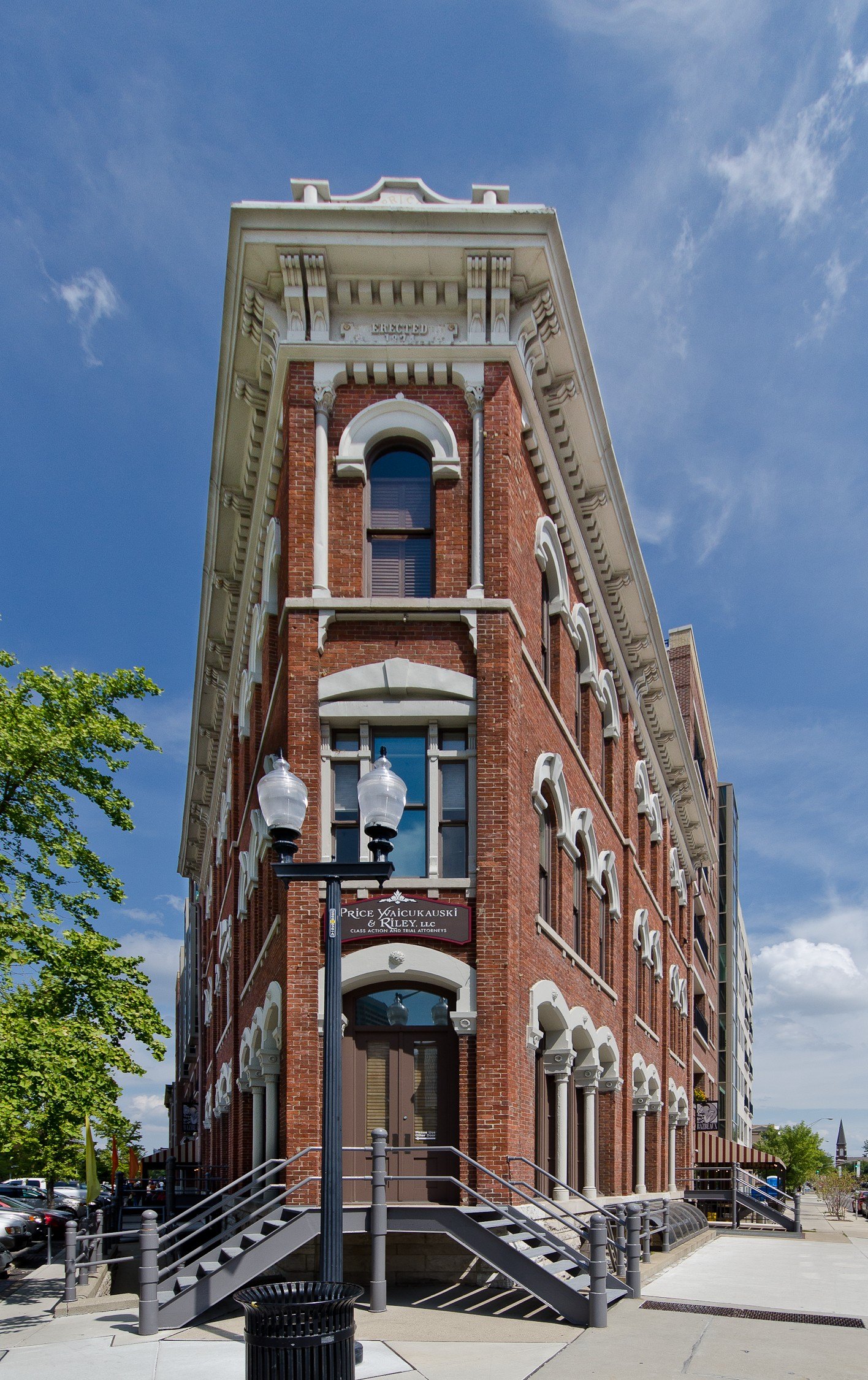The gentrification of neighborhoods across the U.S. can be a boost to local economies, but it can also be a curse for people who have been the original investors.
A quaint street just a little more than a half-mile from the center of downtown Indianapolis has transformed a neighborhood into an upscale, bustling hot spot. It’s called Massachusetts Avenue, but locals refer to it as just “Mass Ave.”
“When I first started working downtown, Mass Ave felt quiet after 5 p.m. with beautiful but underused historic buildings and a handful of neighborhood staples,” Jeff Kucic, license partner and broker at the Indianapolis location of the global luxury real estate brand Engel & Völkers, tells Realtor.com®.
Mass Ave wasn’t the go-to spot for decades, but its transformation has drawn people downtown—from surrounding suburbs and out-of-town visitors to the Circle City—all ready to venture to the street lined with restaurants and boutiques.
Sarah Hempstead, CEO of Schmidt Associates, tells Realtor.com that a company she runs led the charge to restore a historical building along Mass Ave, which sparked a renaissance of sorts for the neighborhood.
“It was really failing, lots of boarded-up shops. So our first office was actually in the Hammond block, which is kind of the entrance of Mass Ave. I always think about it. It’s that flatiron building,” says Hempstead.
The unique triangular shape is reminiscent of the Flatiron Building on Fifth Avenue in Manhattan, just on a smaller scale. Schmidt Associates, an architectural firm, restored the building in the late ’70s and moved its business—and that set the pace for others to follow.
“That was kind of the start—the gateway from downtown [Indianapolis] to Mass Ave,” says Hempstead.
The businesses did not start following right away, but over the ’80s, ’90s, and early 2000s, there was a shift and people began to see the potential, and Schmidt Associates was the anchor of the transformation.
“Indianapolis is a city of neighborhoods when you get right down to it, and neighborhoods, to resonate, need to be authentic,” says Hempstead.
Housing shift
As the corridor started growing, so, too, did the interest in living where all the action was happening.
“It’s always a struggle as neighborhoods continue to develop to keep that economic diversity and keep the people who were there in the beginning. They were the pioneers who stayed,” says Hempstead.
But home prices can be sticker shock. Someone on a conservative budget can still find a one-bedroom, 1.5-bath home for $299,000, but you’re going to have to live several blocks away from the heart of the main corridor.
Meanwhile, right along Mass Ave, a three-bedroom, two-bath condo is listed for just under $1 million.


What’s “unique about Mass Ave is that there is diversity in income levels,” says Hempstead.
“There was a time when clients loved to dine on Mass Ave but hesitated to live there,” explains Kucic. “Parking, late-night noise, and a limited grocery set were common concerns. As amenities grew and safety and streetscape improved, that mindset flipped.
“Today, well-finished apartments and condos on or near the corridor command premium rents, and vacancy is consistently low,” Kucic adds.
He says young professionals want the energy and empty nesters want the walkability.
“In short, it moved from a ‘nice to visit’ address to a ‘must consider’ address for in-town living.”
Intentional shift
Both residents say the growth has been intentional, which is what could be said for many communities in the Indianapolis area.
As urban sprawl started happening, intentional growth was front and center to ensure beautiful, welcoming neighborhoods.
“The transformation has been steady and intentional. Historic rehabs brought upper floors back to life, ground floors filled with chef-driven restaurants and local boutiques, and the Cultural Trail stitched the corridor to the rest of downtown,” says Kucic.
Indianapolis was never known as a walking city—residents still rely on their cars to get around—but as the city attracts big events like the Super Bowl and March Madness, plus numerous big-name conventions, city leaders have made sure visitors can get around easily, through skywalks and bike lanes.
“You now see pedestrians, cyclists, and visitors at all hours, which has created a true live-work-play district,” Kucic says.
Hempstead says Schmidt Associates has since outgrown its original location—the historic, triangular building that sparked the rebirth of Mass Ave—but it meant snapping up more prime property along the corridor.
“We had 17 people at the time. We are 150 people now, and about 100 of them are on Mass Ave,” Hempstead says of the agency’s commitment to staying in the neighborhood.
Making Mass Ave the place to work and play has been part of the commitment of city leaders, she adds.
“It’s not easy, and certainly not perfect, but a lot of people have been trying for a lot of years to make it all work.”

